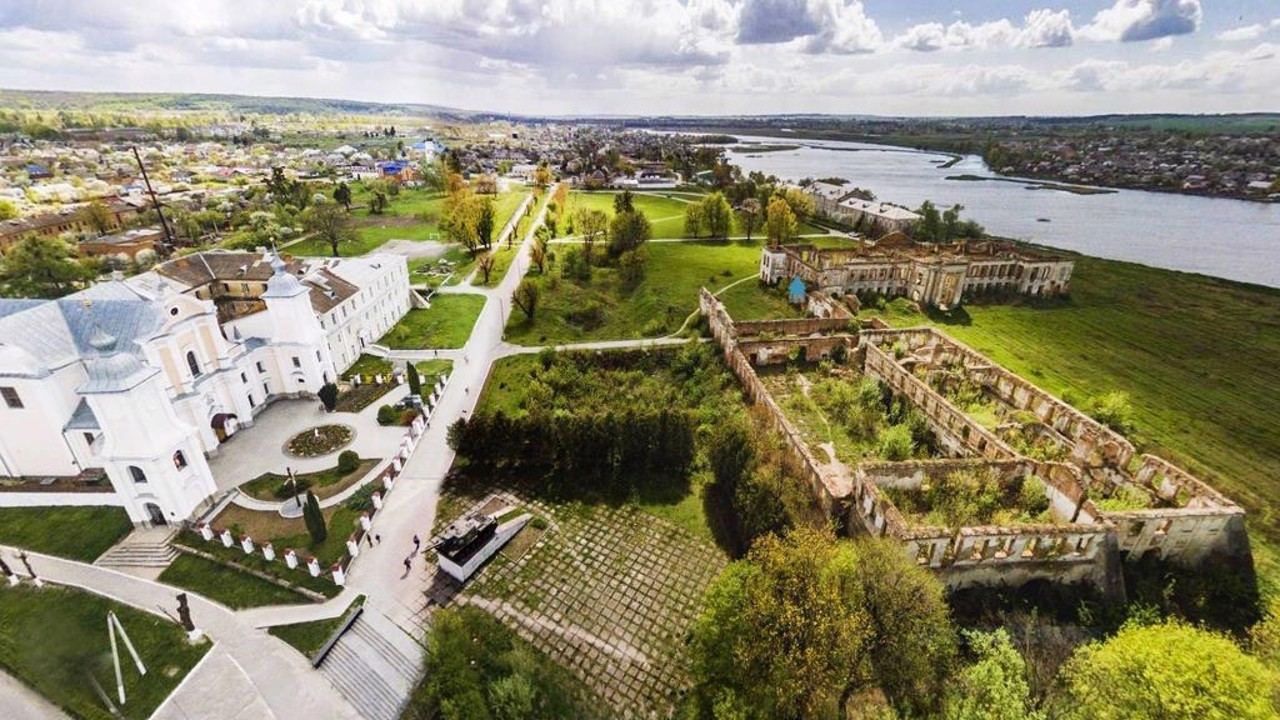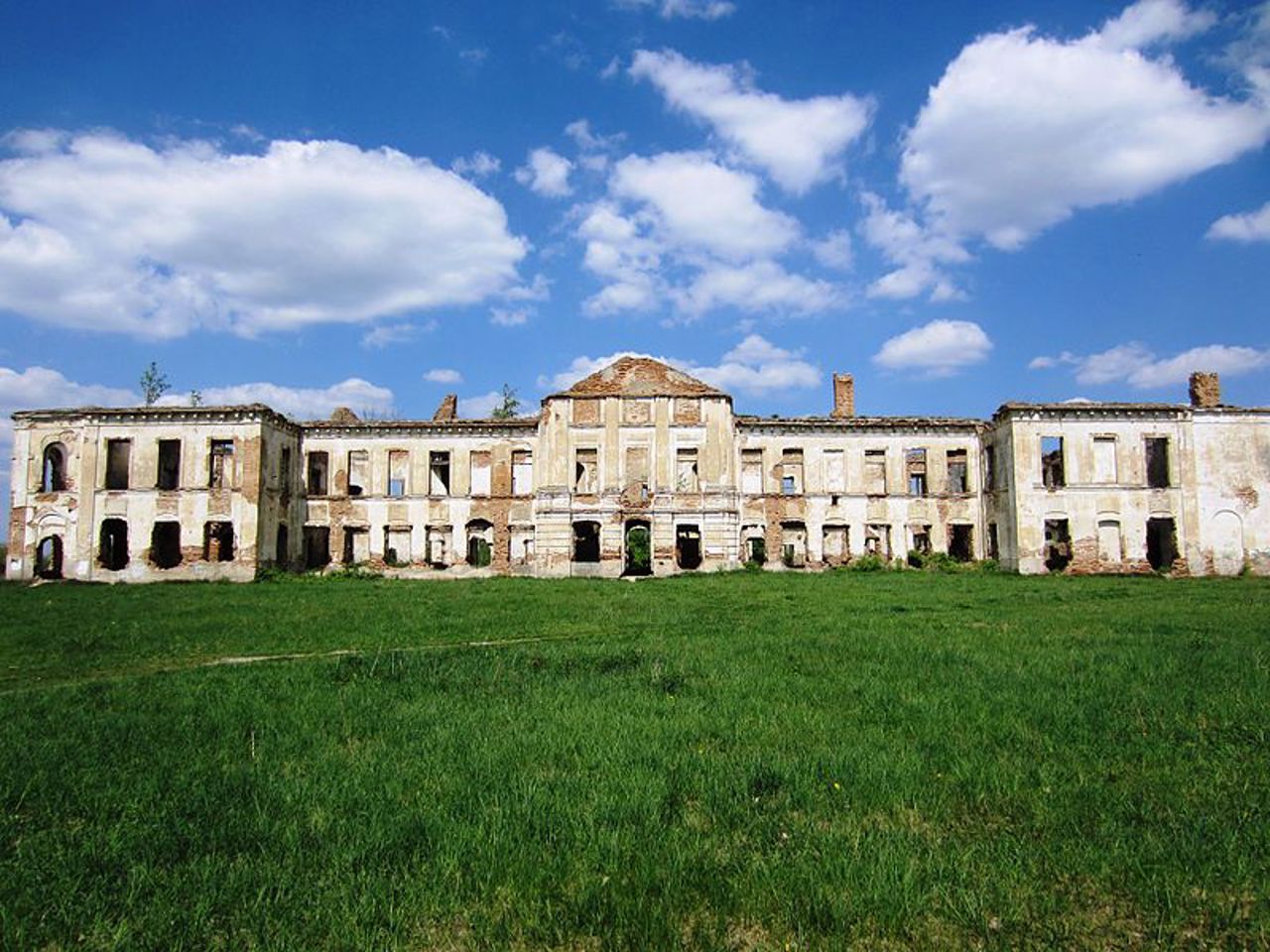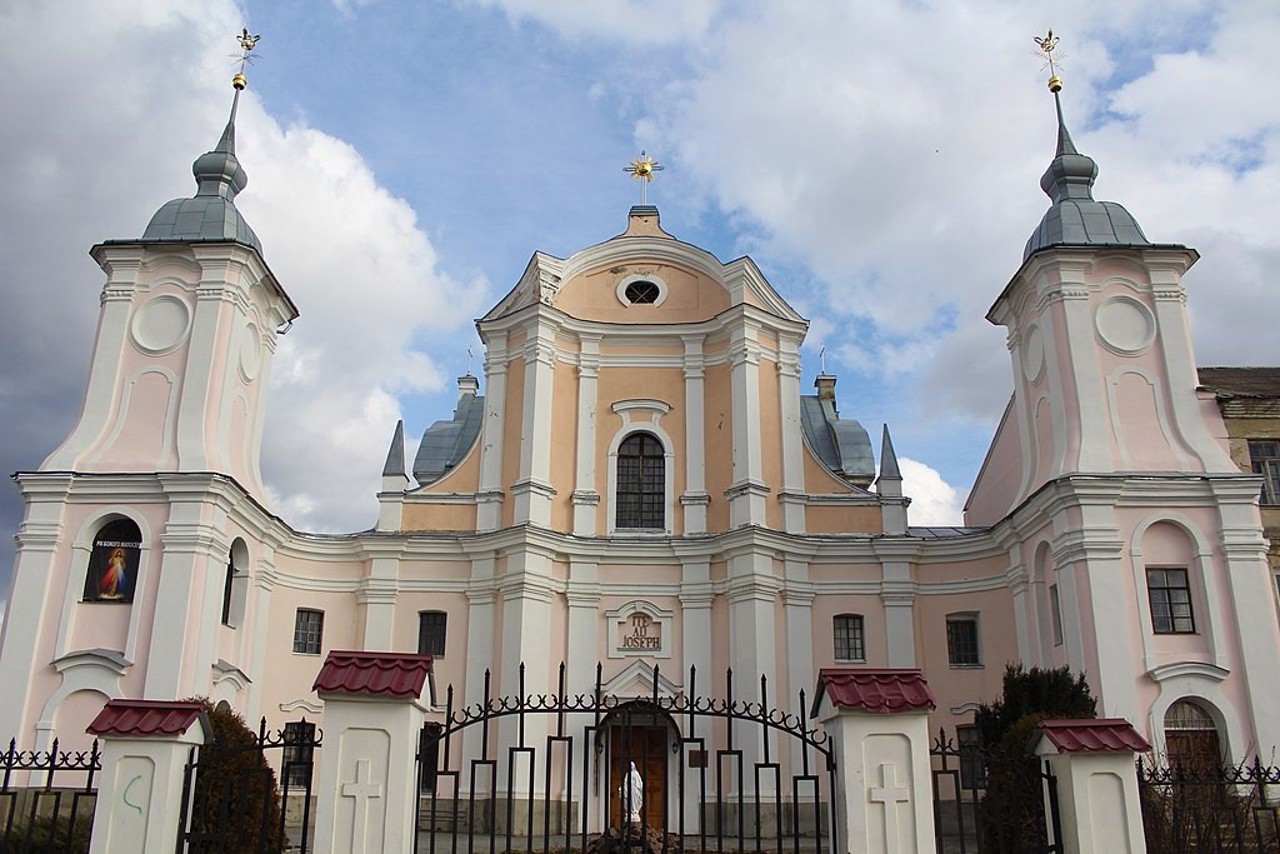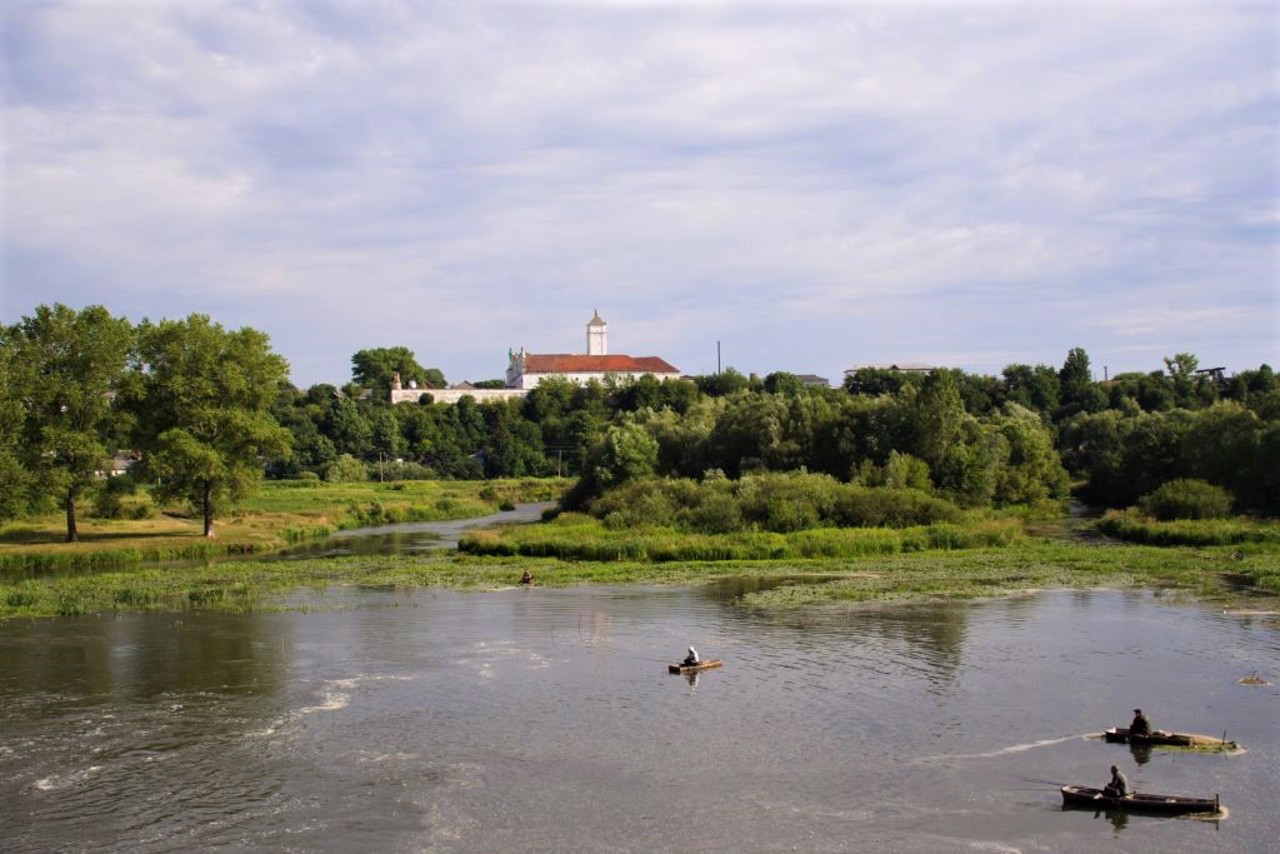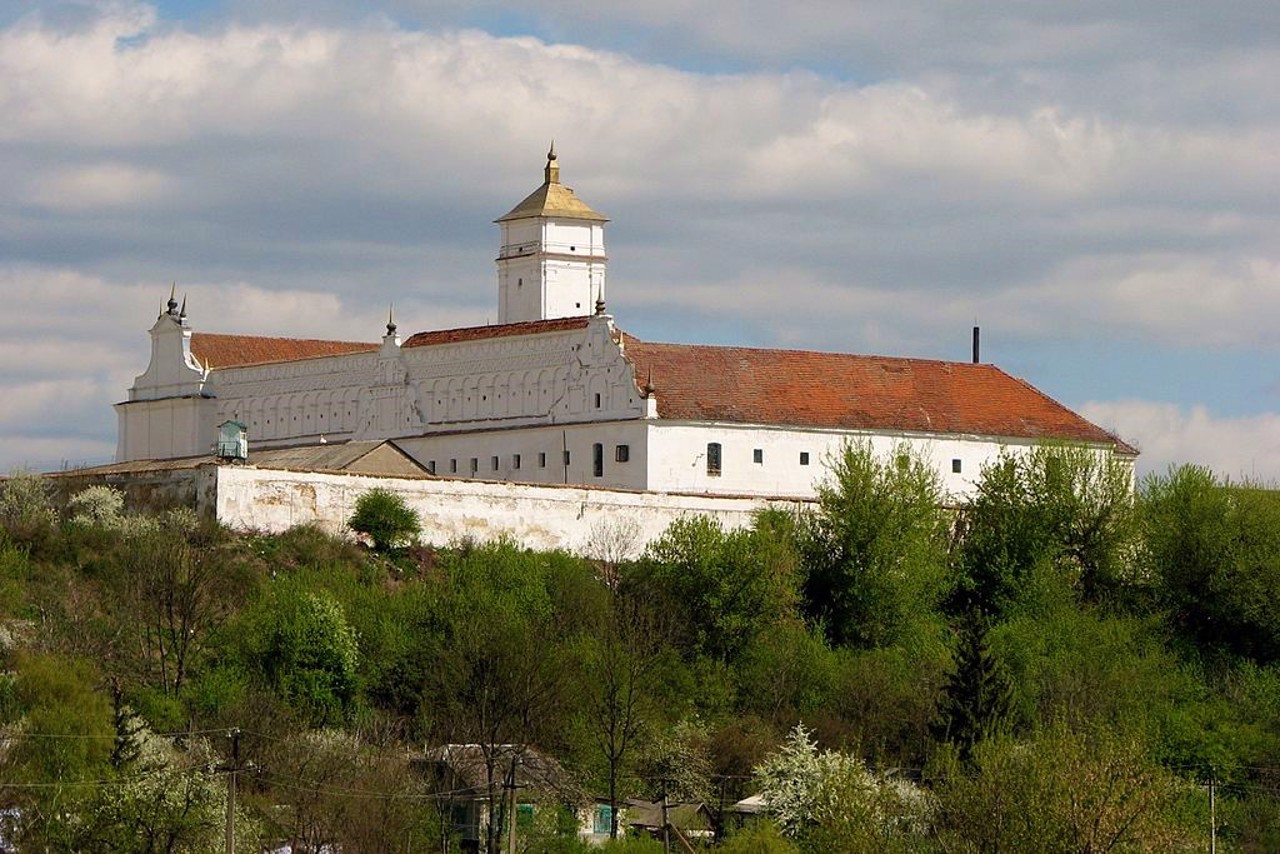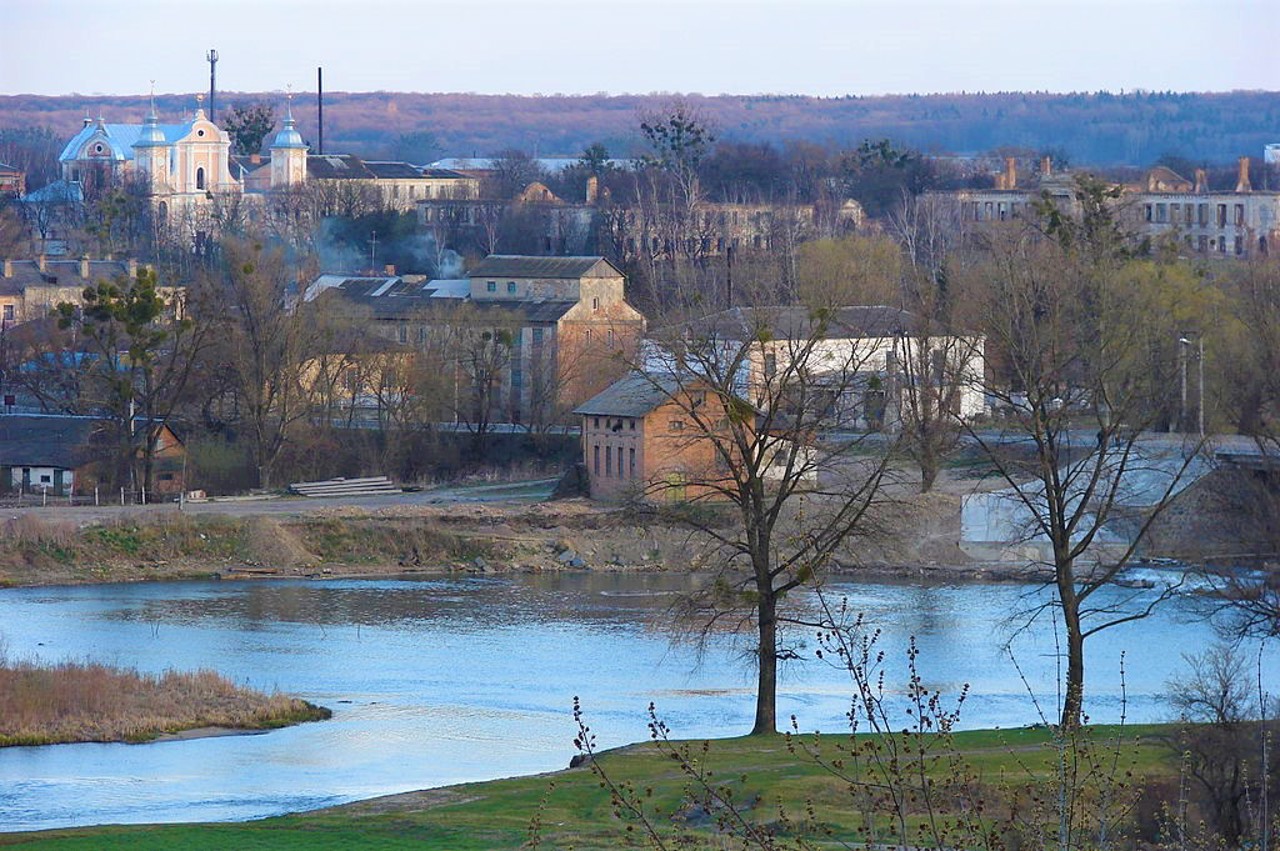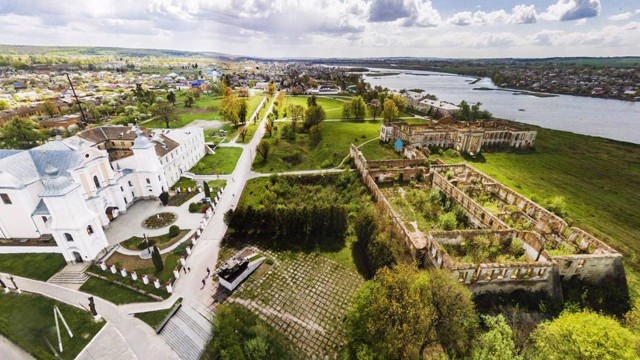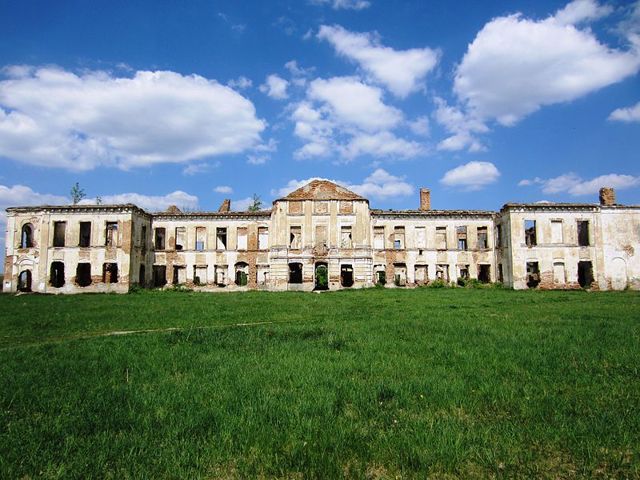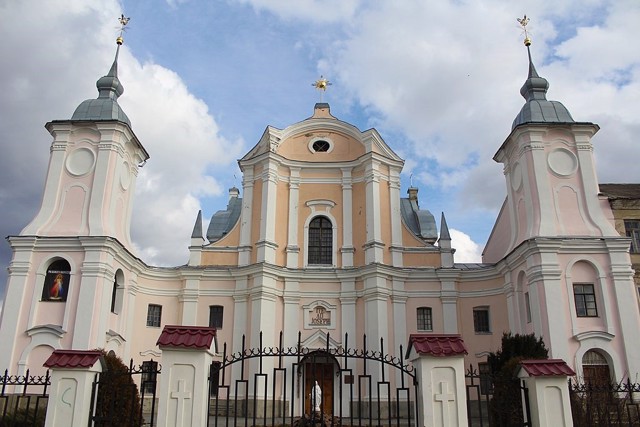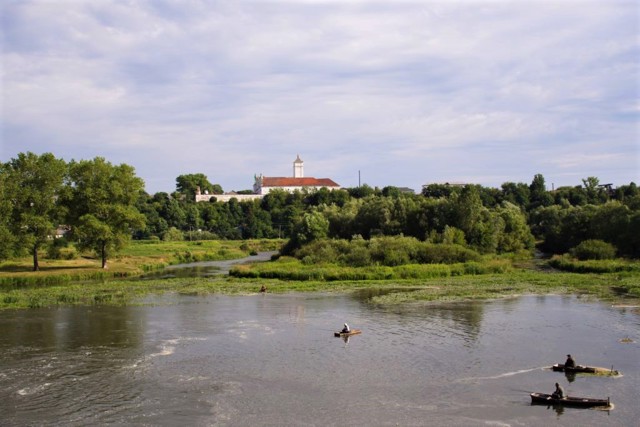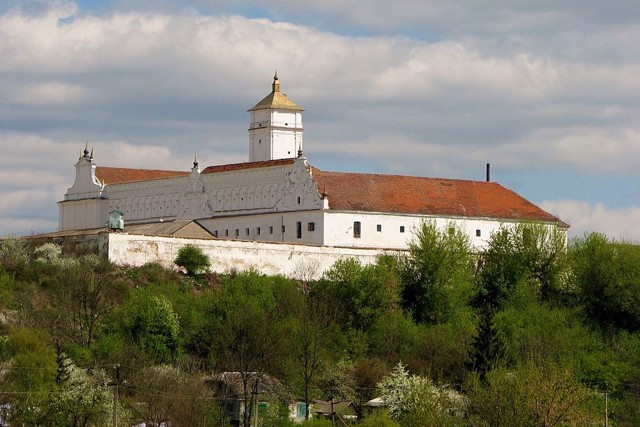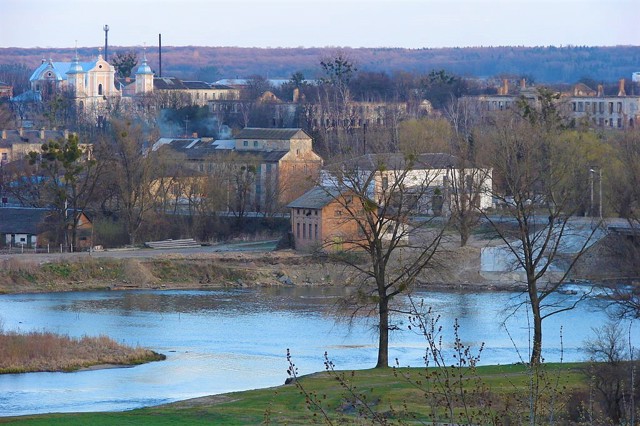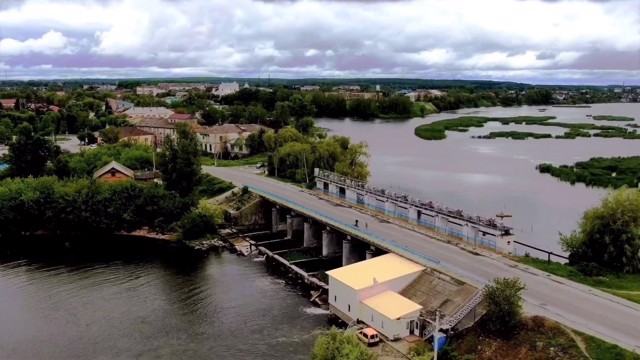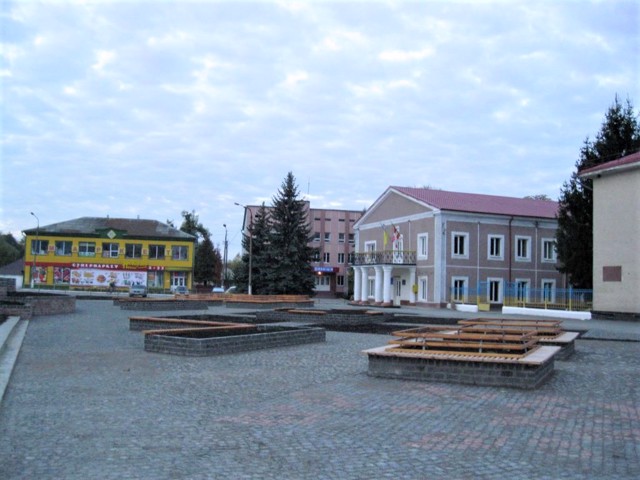Functional temporarily unavailable
General information about Iziaslav
The ancient city of Iziaslav above the Horyn River is located away from the main transport routes - between Starokostyantyniv and Ostroh, next to Shepetivka.
It was probably founded in the 11th century by the Kyiv prince Iziaslav Mstyslavych. According to another version, it could have been founded as early as 996 by Prince Iziaslav of Polotsk, son of Prince Volodymyr Svyatoslavych of Kyiv and Princess Rogneda. He was known as Iziaslavl, Zaslav, Zaslavl.
In the 12th-14th centuries, it was part of the Galicia-Volyn principality, then it became the property of Prince Ostrozkyi. His son Yuriy, having inherited the city, founded the dynasty of Zaslavskyi princes. In 1466, he built a castle on Mount Rogneda, fragments of which have been preserved to this day in the territory of t ...
The ancient city of Iziaslav above the Horyn River is located away from the main transport routes - between Starokostyantyniv and Ostroh, next to Shepetivka.
It was probably founded in the 11th century by the Kyiv prince Iziaslav Mstyslavych. According to another version, it could have been founded as early as 996 by Prince Iziaslav of Polotsk, son of Prince Volodymyr Svyatoslavych of Kyiv and Princess Rogneda. He was known as Iziaslavl, Zaslav, Zaslavl.
In the 12th-14th centuries, it was part of the Galicia-Volyn principality, then it became the property of Prince Ostrozkyi. His son Yuriy, having inherited the city, founded the dynasty of Zaslavskyi princes. In 1466, he built a castle on Mount Rogneda, fragments of which have been preserved to this day in the territory of the Old Town.
After many devastating Tatar raids in the 17th century, a revival began, the Bernardine Monastery and the Church of John the Baptist were built. In 1648, Iziaslav Castle was captured by Bohdan Khmelnytskyi, but soon the city returned to Poland.
The construction and development of the New City was facilitated in the 18th century by the Sangushko princes, whose palace is also preserved.
Стародавнє місто Ізяслав над річкою Горинь розташоване в стороні від основних транспортних магістралей - між Старокостянтиновом і Острогом, поруч із Шепетівкою.
Ймовірно, засноване в XI сторіччі київським князем Ізяславом Мстиславичем. Згідно з іншою версією, його міг заснувати ще в 996 році полоцький князь Ізяслав, син київського князя Володимира Святославича та княгині Рогнеди. Був відомий як Ізяславль, Заслав, Заславль.
В ХІІ-ХІV століттях входив до складу Галицько-Волинського князівства, далі перейшов у власність князя Острозького. Його син Юрій, отримавши місто у спадок, заснував династію князів Заславських. У 1466 році він звів на горі Рогнеда замок, фрагменти якого збереглися до наших днів на території Старого міста.
Після багатьох спустошливих набігів татар в X ...
Стародавнє місто Ізяслав над річкою Горинь розташоване в стороні від основних транспортних магістралей - між Старокостянтиновом і Острогом, поруч із Шепетівкою.
Ймовірно, засноване в XI сторіччі київським князем Ізяславом Мстиславичем. Згідно з іншою версією, його міг заснувати ще в 996 році полоцький князь Ізяслав, син київського князя Володимира Святославича та княгині Рогнеди. Був відомий як Ізяславль, Заслав, Заславль.
В ХІІ-ХІV століттях входив до складу Галицько-Волинського князівства, далі перейшов у власність князя Острозького. Його син Юрій, отримавши місто у спадок, заснував династію князів Заславських. У 1466 році він звів на горі Рогнеда замок, фрагменти якого збереглися до наших днів на території Старого міста.
Після багатьох спустошливих набігів татар в XVII столітті почалося відродження, був зведений Бернардинський монастир і костел Іоанна Хрестителя. В 1648 році Ізяславський замок був захоплений Богданом Хмельницьким, але незабаром місто відійшло назад до Польщі.
Будівництву та розвитку Нового міста посприяли в XVIII столітті князі Сангушки, чий палац також зберігся.
Сплануй своє перебування у Iziaslav
What to see and where to go in Iziaslav
Tourist attractions and museums of Iziaslav
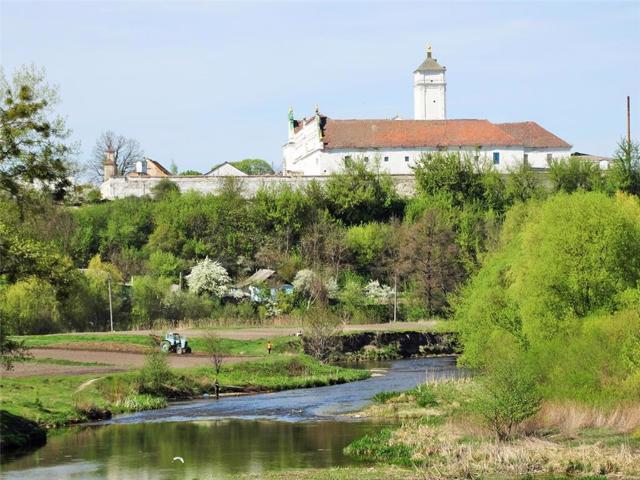
Bernardine Monastery
Temple , Architecture
The grandiose complex of the Bernardine monastery rises on a hill a little away from the center of Iziaslav.
The construction was started in 1596 after the Union of Berestey. The architect Yakub Madlena perfectly integrated the defensive monastery complex into the surrounding landscape. The main buildings were Saint Michael's Church (1602) and a huge cell building (1610), surrounded by 6-meter walls with an entrance tower and a gate.
The Bernardine monastery was damaged during the War of Liberation in 1648, but was later restored and rebuilt under the direction of the architect Paolo Fontana.
During Soviet times, the monastery was converted into a maximum security prison. The building still performs this function, so it is not possible to inspect the territory.
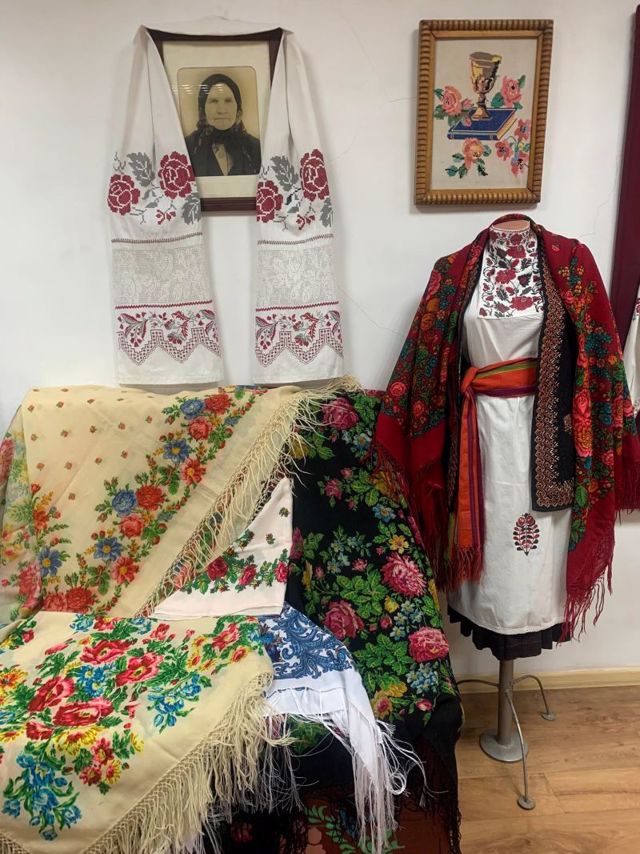
Iziaslav Historical and Local Lore Museum
Museum / gallery
The Iziaslav historical and local history museum is located in the premises of the cultural center.
The museum was founded in the 1920s and 1930s, but was closed during the Second World War, and was restored only in 2003.
The museum presents an exposition that tells about the history and ethnography of the region. In particular, you can see unique exhibits from the interior of the Church of Saint Michael, which was located on the territory of the Bernardine Monastery.
A separate exhibition tells about the culture and traditions of the Jewish community of Iziaslav: ritual objects, cult books of the 19th century.
An exhibition of works by local artist Mykola Tkachuk is on display: painting, sculpture, wood carving.
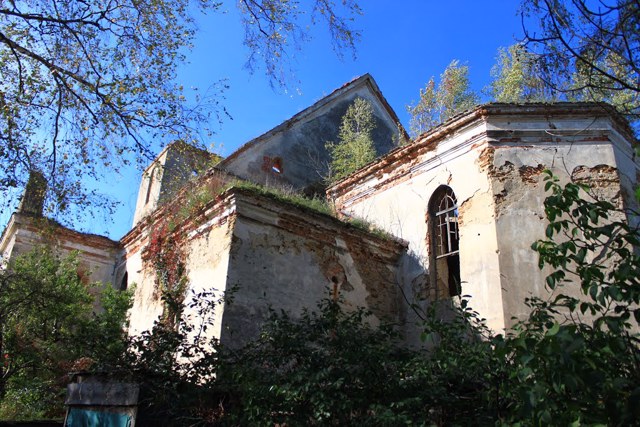
Saint John Baptist Church
Temple , Architecture
The Cathedral Catholic Church of Saint John the Baptist is one of the oldest buildings in Iziaslav.
Founded by Prince Yanush Zaslavsky and his wife Oleksandra next to the Iziaslav Castle, together with a school, a hospital and a presbytery. The architect Iacolo Madeleine built the defensive temple in the Gothic style, but after the reconstruction in 1756 under the guidance of the architect Paolo Fontana, it took on the features of the Renaissance.
The Church of John the Baptist served as the burial place of the Sangushko princes.
In Soviet times, the temple was turned into a local history museum, then the premises were used for various economic needs. In the 1960s. the house was heavily damaged by fire and has not yet been restored.
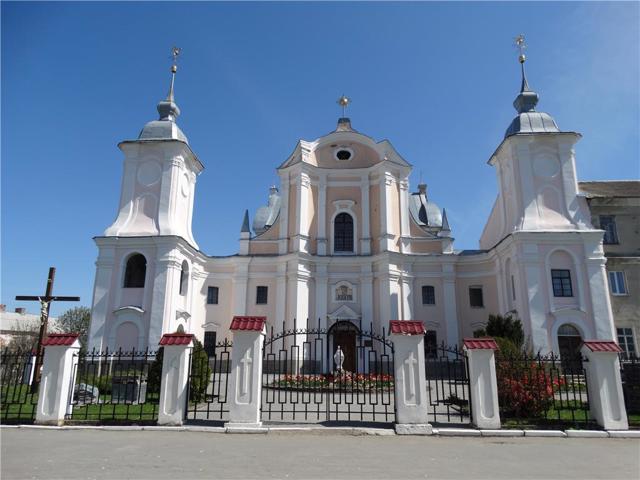
Saint Joseph's Church
Temple , Architecture
The Missionary Church of Saint Joseph in Zaslav (present-day Iziaslav) was built in 1747-1749 by the court architect of the Polish royal court, Paolo Fontana, who at the time served as an artillery lieutenant for the owner of the city, Pavlo Karl Sangushko.
One of the most interesting examples of late baroque in Volyn.
In the 19th century, the cell building of the Lazarite monastery was added, which now houses the local pension fund and other organizations. The church is located next to the ruins of the Sangushko Palace, which is connected to it by an arched bridge.
The church has been partially restored, services are held. In front of the building there is a monument to the heroes of the Second World War - a self-propelled artillery installation.
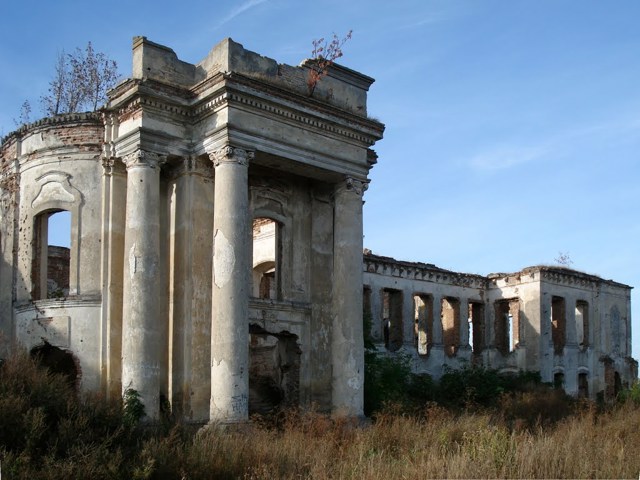
Sangushko Palace
Palace / manor , Architecture
The ruins of the palace complex of the Sangushko princes in Iziaslav are located on the right bank of the river Horyn on the territory of the New City.
The construction of his estate on the basis of ancient fortifications was started in the 18th century by the new owner of the city, Pavlo Karl Sangushko, inviting the architect Paolo Fontana. At different times, the princes received many prominent people here, in particular. Russian Tsar Peter I, Austrian Emperor Joseph II, the last Polish king Stanislav Avhust Ponyatovsky, generals Suvorov and Kutuzov.
Only the framework of the palace, the covered courtyard with arcades and the palace bridge remained from the grand architectural ensemble. Access is free.
Reviews Iziaslav
Geographical information about Iziaslav
| {{itemKey}} | {{itemValue}} |
|---|---|
| Region |
Khmelnytskyi |
